VR technology has already been present in the world for a couple of years. When it comes to these terms, related to virtual reality, we mostly associate them with amusement, like video games, or places to go such as some of the modernized museums. However, it is high time to look further and see the features of virtual reality in many different branches, like industrial automation. What causes virtual reality to be the key to designing automated systems?
The way to see ahead… – Virtual Commissioning
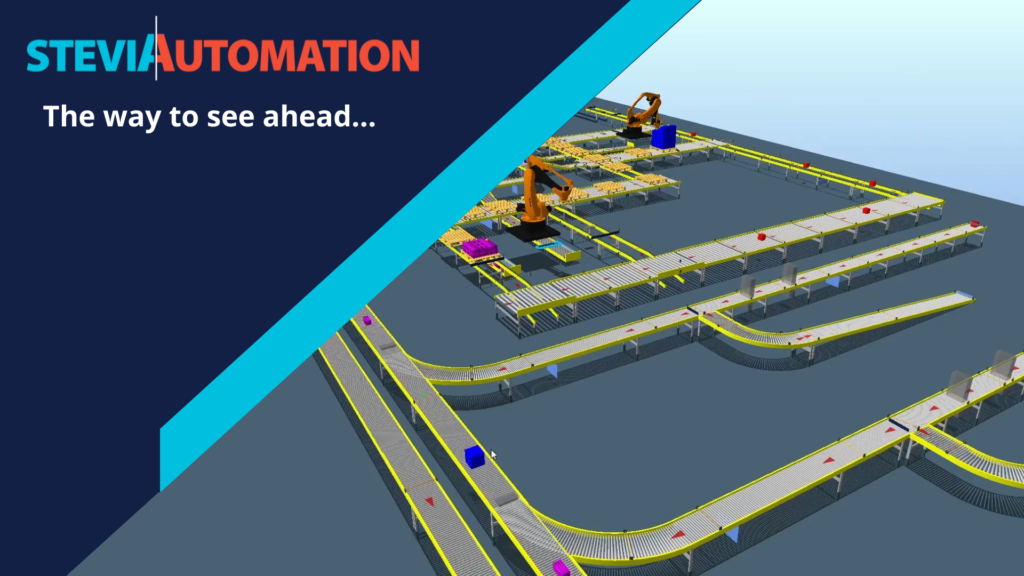
Not only testing
In many ways, virtual commissioning contributes towards the success of projects. It allows for viewing and testing the concept of the project before the real-life commissioning phase. It also enables our engineers to detect and correct errors and shortcomings of the software, which makes their job more efficient. Engineers create the digital twin of the exactly the same system as in the real installation so that the mechanical construction as well as its software can be tested.
For the clients, it is a good opportunity to see how the test version of the project works and impacts the company’s processes. Using virtual commissioning, we can select the version of the project that fits our customers’ needs the most and make sure that the project is 100% technically correct.
“-It all started around 10 years ago, together with our first bigger project, and it helped us a lot with its implementation”. – says Igor Pułanecki, Technical Director at Stevia Automation company – “We have been smoothly introduced to the standard and our programmers have tested the system for the first time using virtual commissioning, which was useful for the correct understanding of the project and was crucial during the first phases of project work”.
As he said, what convinced him to start using the virtual commissioning, was the possibility to test the software and the ability to prepare the young programmers, before they would set off for a commissioning.
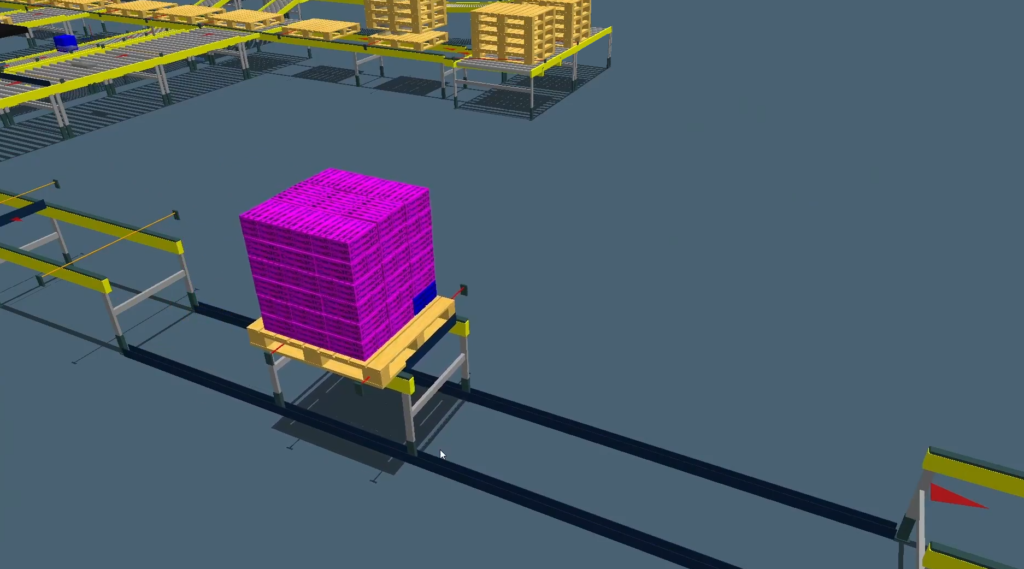
Fig. 1. Transfer car
Precision in every detail
To create a virtual commissioning, a library of components is primarily needed, such as conveyors, elevators, curves, and diverts. These components are assembled like building blocks to construct the designed object. The component library can be modified or expanded. You can create and program a new element that is not a part of the standard library and implement it into the emulation.
When assembling the designed model, the designer sets parameters for each element from the library. These parameters may include things like speed, conveyor material type, or friction. The emulation software allows for configuring virtual system elements according to the specifications of real devices in the project.
“The average model usually takes around a week to be created.” – says I. Pułanecki – “The emulation, however, takes longer than that. Testing of the created model, once the PLC and SCADA software is ready, can take two to three weeks. What’s important here is that the programmer does not need a long training to be able to use the emulation software. Therefore, it is an easy way to provide a new employee with effective training.”
Virtual commissioning relies on connecting a real controller to the emulation. The PLC controller sees the devices and can control them long before the actual on-site installation.
A crucial integration component between the emulation model and real devices is TwinCat. It is a separate program installed to enable communication between the emulation model, the PLC controller and the SCADA system. The programmer uploads the program to the controller and through TwinCat, the controller communicates with the virtual model, allowing for system testing.
The translator between the emulate environment and the PLC controller is a configuration list. This is often an Excel file that contains bindings of variables present in the controller and in the emulation.
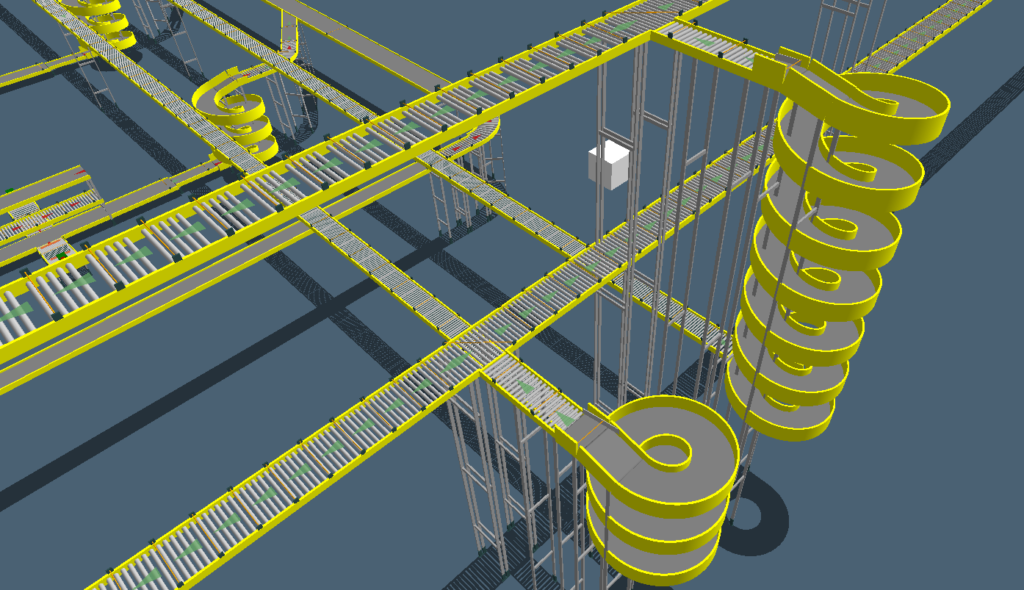
Fig. 2. Spiral conveyor
Real possibilities of virtual commissioning
The electrical-mechanical concept of a project is usually outlined before the emulated system is applied. This program can also assist in the conceptual stage, where changes to the project can be made and the final appearance of the installation can be determined. The system allows for testing individual project elements to ensure that the required performance can be achieved with the selected mechanical components. Thanks to the virtual commissioning system, a project can transition from the conceptual stage to the execution stage much more quickly.
Using the emulation software, you can define parameters for the designed system, such as its operating speed and throughput, for example, how many packages will pass through the machine per minute. In the initial stages of creating the model, even the smallest errors in the concept or project documentation can be detected. It’s worth emphasizing that you can see precise real parameters without the need for actual physical setup.
Objects in the emulated system have declared coefficients, such as friction, allowing the emulation to be entirely consistent with the laws of physics. It can show things like the inertia of elements, the realistic behavior of elements during flow, including real-time stopping, and the movement of elements at the same speed as on a real machine. The entire system’s operation process is visible while adhering to physical rules.
With the emulation software, you can also create models of non-standard elements, different from standard roller sorters or conveyor systems. The software allows you to emulate industrial robots or elevators with all their features and functions just like in reality. This way you can also involve automated transfer cars, used for moving large and heavy items through production halls. Interesting examples of emulation applications include creating models such as pallet wrappers, spiral conveyors or stackers.

Fig. 3. Real conveyor
What is the most important feature of virtual commissioning? The opinions can vary and depend on the position you look from. For the Technical Director Igor Pułanecki, it is crucial for testing the system before the actual project commissioning starts, and it makes programmers’ job less stressful. What he appreciates about the virtual commissioning, is that you can make 100% sure that the software works correctly. It makes your company recommendable, and the productivity is well increased.
“For me the crucial thing is that we can be more competitive as the company, and stand out from the others” – adds Paweł Wróbel, who is responsible for the contact with clients – “When we show the potential client the emulation of a real-life working system, we can persuade them to make a decision quicker, at the concept stage of the project. In my opinion clients are more likely to decide whether they need the certain automated system, once we present it to them.“
As he said, from his experience the customers’ reactions for the possibility of seeing the example of a working system before the project agreement are very positive, and it’s satisfying for them to watch various ideas during project concept creation.
Part of the project?
Virtual commissioning is highly beneficial for project work. By allowing the testing of a real project in a virtual environment before going to the actual site, project work can be significantly expedited.
The system also facilitates programming work and reduces commissioning costs. Through the use of emulation software, a programmer can easily refine the PLC program, knowing that it allows him to have a digital twin of the real system (one-to-one reflection in reality). In the early stages, it’s also possible to detect any errors and shortcomings in the project and make corrections.
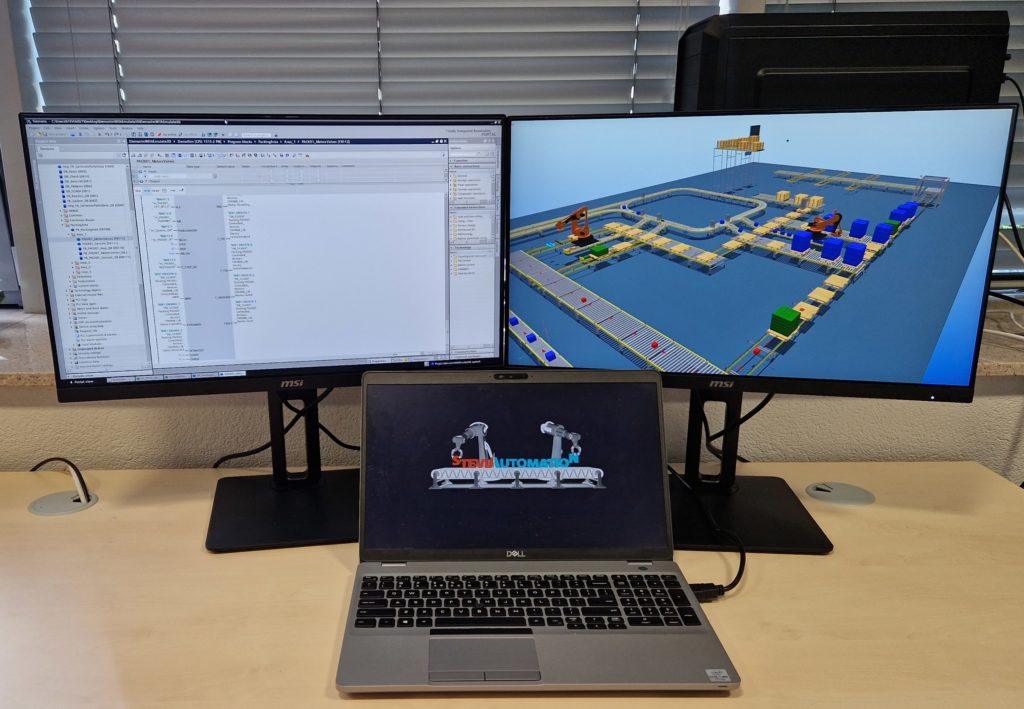
Fig. 4. Virtual commissioning station
There are numerous advantages to using the emulation software during project work. For the programmer, it offers the opportunity to test the written program under real conditions and tailor the program to the device’s operation. In case of system errors, they can be swiftly eliminated with just a few clicks. Having a bird’s-eye view of the entire long assembly line allows for quicker error detection compared to searching for issues on long, often hundreds of meters, installations. For project implementers, it is highly useful that the project can be accessed and improved to work perfectly through emulation.
All in for the satisfaction
With the help of virtual commissioning, customers can assess whether the designed system aligns with their requirements. They also have the opportunity to see all the real parameters of a functioning installation. Virtual commissioning is also the foundation for a successful acceptance test from the customer’s side (FAT – Factory Acceptance Test).
During the FAT, customers have the chance to interact with their new system in virtual reality through a monitor or VR goggles. They can control the installation using the implemented operators panels.
Through emulated software, one can evaluate the performance and throughput of the system or how product sorting looks. Customers can clearly witness the entire operation process of the designed system before its actual implementation and provide feedback if necessary. It’s possible to observe the real fluidity of goods flow, its speed, and the correctness of the project.
”For some of the clients the emulation software is already a standard element of their daily work. While part of them, especially the smaller companies, can still be positively surprised by its possibilities. When we show the emulation to the clients, it always brings a positive effect.” – adds Mr Paweł Wróbel.
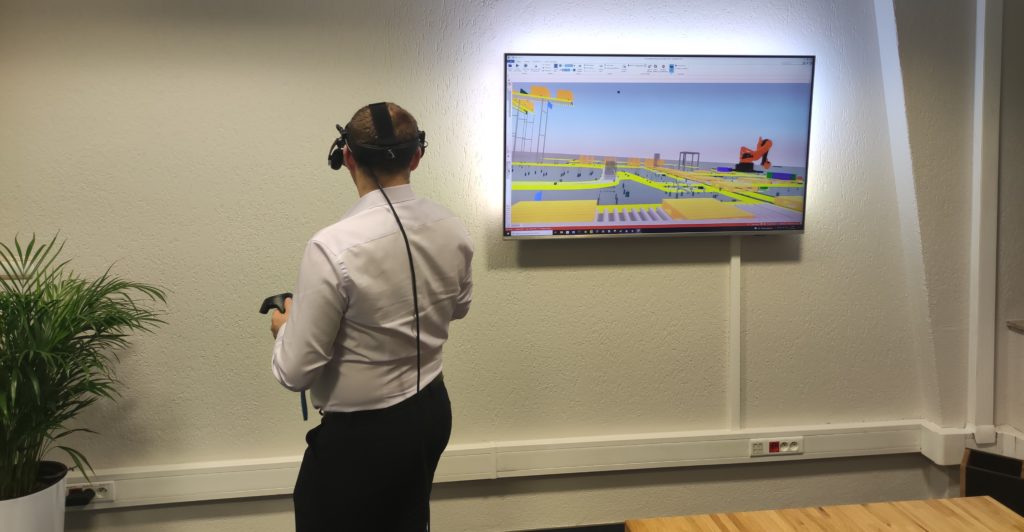
Fig. 5. VR gogle with virtual commissioning
The beneficial aspects
Among the positive aspects of using the emulation software during project work, several key points stand out. First and foremost, emulation allows for testing the written software. For the general contractor, the ability to assess and refine the project through emulation is highly beneficial for achieving a flawless operation.
The application of emulation shortens the system commissioning time on-site, as most errors are eliminated during office testing. This also leads to a reduction in expenses associated with real tests at the site.
The emulation system, when combined with VR goggles, allows customers to experience a reflection of the real system and navigate through the entire installation. Customers can closely inspect each element. Emulation also enables the presentation of the entire envisioned flow of goods, including aspects such as product sorting or other key points crucial to the specific installation.
Asked how the future of the virtual commissioning may look like, Mr Pułanecki’s thoughts go towards simplification of use, and increased availability of the emulated software. The software in the future will most likely be “light” enough to be accessed from a mobile device, like most usual laptops. The easier it gets to use the system, the more companies will be able to use it.
So, what would be the conclusion here? At the end of the day, we know that despite more time and effort that it takes to work on virtual commissioning, it is absolutely worth it to implement it into the project. In the future, emulations like these will possibly be present in many different branches, other than industrial automation. Virtual reality goes together with all of our project work, and is very attractive for customers. Virtual commissioning is our way to see ahead and notice every detail in the prototype of the automation project. To see ahead means to step ahead and stand out among the others, and it’s crucial for each company’s development.

Paweł Wróbel
Managing Director
See also: Company general overview

